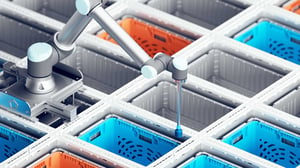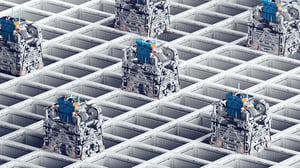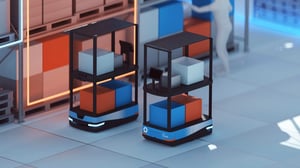From inventory management to predictive maintenance, labor management to customer experience, AI has reshaped how warehouses work and how we work in them.
Discover why, since moving Ocado Intelligent Automation's robot orchestration software to the cloud in 2019, we haven’t looked back.
Read our ultimate guide to Automatic Storage and Retrieval Systems (ASRS) and discover why they stand out as one of the most advanced warehouse automation solutions available today.
Read our ultimate guide to Autonomous Mobile Robots (AMR) and discover their many applications and use cases within a warehouse environment.
Read our ultimate guide to warehouse automation and discover the technologies revolutionizing today's warehouse operations.
Read our guide to warehouse robotics and discover how robotic systems can significantly enhance efficiency and optimize tasks within a warehouse.
OIA's Smart Putaway technology minimizes bin digging, as well as the need for bin preparation. Read on to discover why that matters to your warehouse.
If you're considering automating your warehouse, here are our ten real-world reasons to invest in warehouse automation technology.
Discover why cubic automated storage and retrieval systems (cubic ASRS) represent the cutting edge of ASRS technology and warehouse automation today.
@4x.png?width=642&height=166&name=OIA_Logomark_color_(R)@4x.png)








